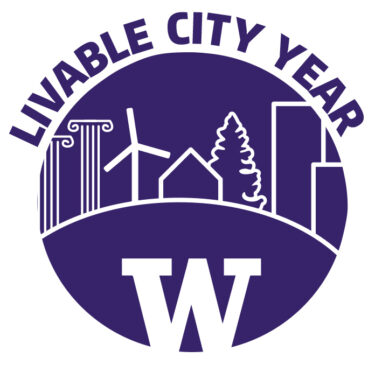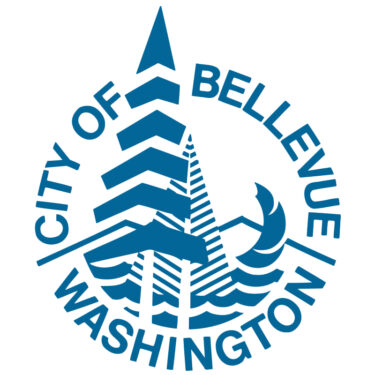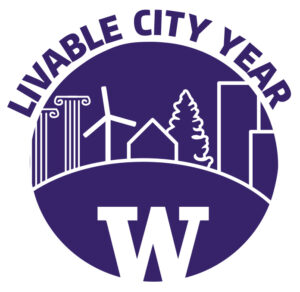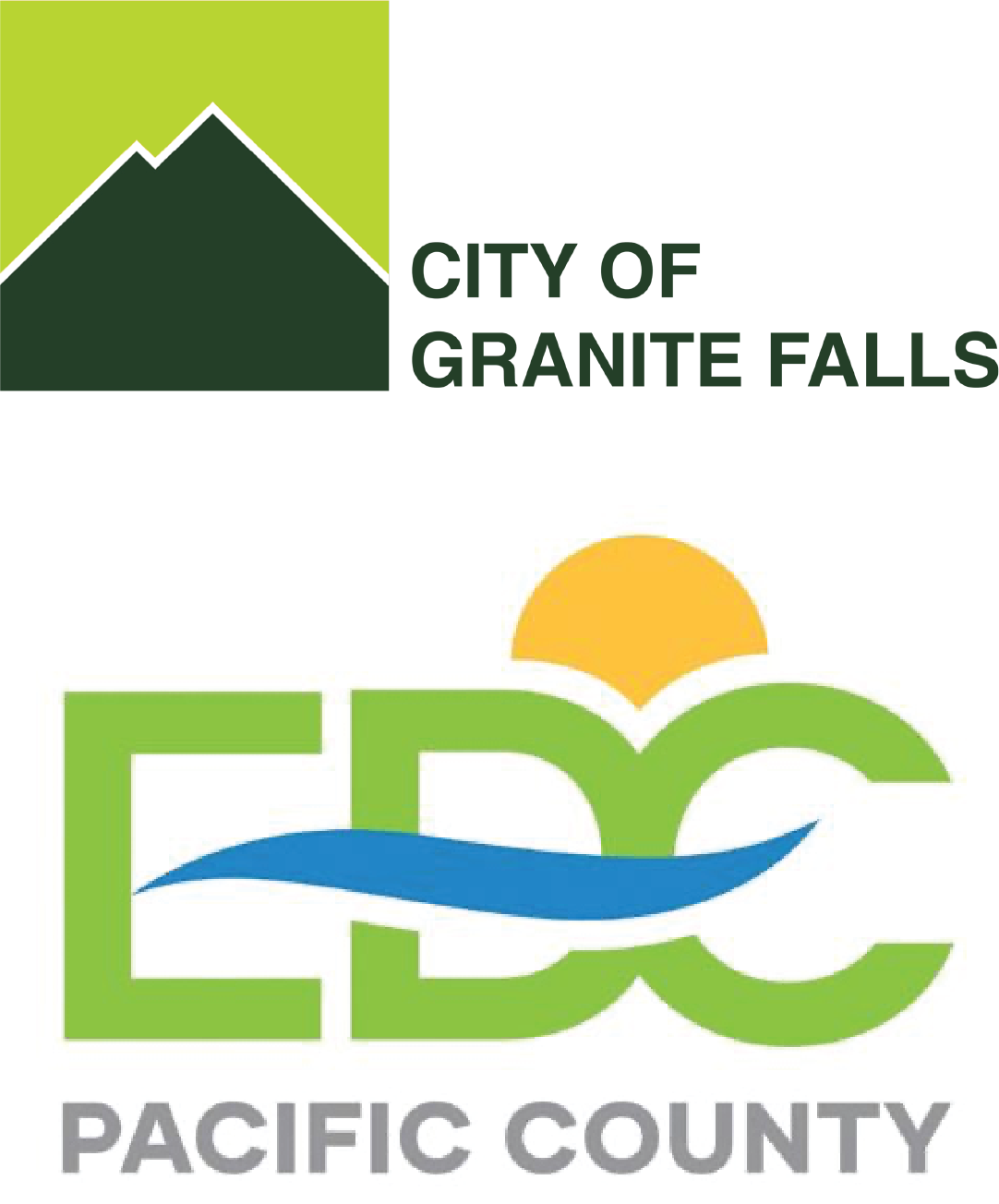Improving Walkability in Northeast Bellevue
2018-2019 Livable City Year – Bellevue
City Project Leads: Nicholas Matz, Community Development
UW Instructor: Rachel Berney and Evan Carver, Community, Development and Planning
Course: CEP 460, Planning in Context
Project summary:
This Livable City Year project serves as a lens for viewing mobility features of Northeast Bellevue (NE Bellevue). Carried out in conjunction with
the University of Washington’s Urban Design and Planning department, undergraduate students analyzed general mobility, and, more specifically, the walkability and bikeability of NE Bellevue. The primary goal has been to consider ways to increase accessibility, safety, and efficiency of non-driving modes of transportation in the context of NE Bellevue. In this report, the term mobility refers specifically to non-driving modes of transportation, such as walking and biking. Student researchers have identified opportunities to improve urban infrastructure for these modes of transportation, and they have created a list of implementation suggestions for the City of Bellevue.
This project complements the City of Bellevue’s Pedestrian and Bicycle Transportation Plan, especially its goals of making NE Bellevue a more equitable and accessible neighborhood for residents who walk and bike. Further, and instrumentally, this project serves as a way to promote and expand resident engagement on topics related to mobility, and to facilitate community-based planning in Bellevue. This is important because the topics of this report affect the daily life of residents.
Recommendations
Students applied the results of their analyses and other research methods to develop a set of suggestions and strategies for the City of Bellevue to improve walkability of NE Bellevue. Students have incorporated themes and evidence from their research, as well as elements of the City’s existing Pedestrian and Bicycle Transportation Plan in their recommendations. Common threads, such as the need for accessible, continuous sidewalk infrastructure, inform the suggestions of this document and are captured below:
- Prioritize connectivity for walking and biking via improved infrastructure for pedestrians and cyclists.
- Prioritize safety for pedestrians and cyclists in Northeast Bellevue.
- Normalize walking and biking as viable methods of transportation (made practicable by implementing supportive infrastructures).
- Ensure that suburban lifestyles coexist with multimodal transportation.
Part of the 2018-2019 Livable City Year partnership between the University of Washington and the City of Bellevue.
See all Livable City Year projects in Bellevue that UW students and faculty worked on during the year-long partnership.






